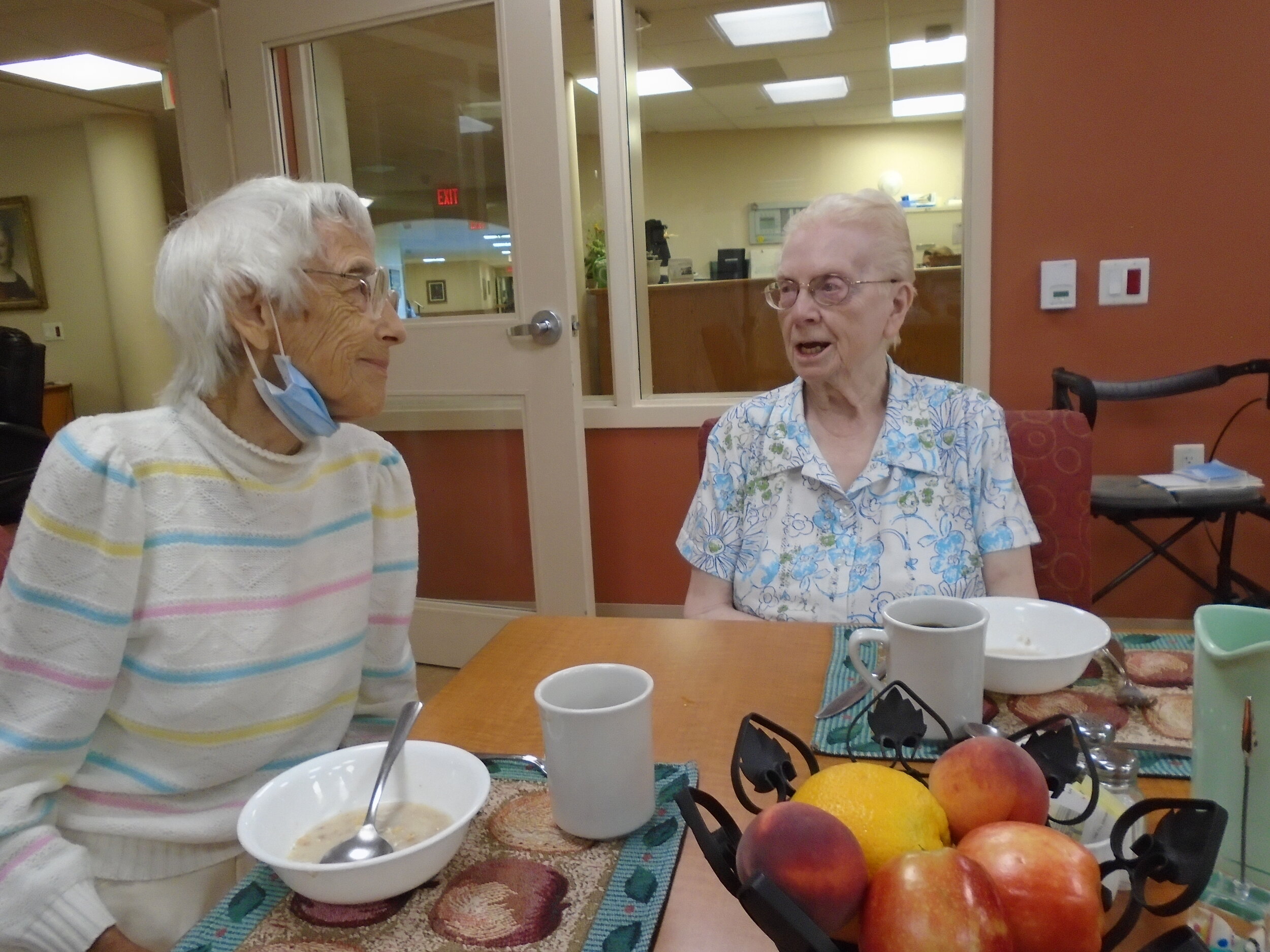On the day that you were born … October 6, 1610…
Jean-Pierre was welcomed into the world by his parents, Phélippe and Jean Médaille on October 6, 1610 in Carcassonne, a medieval walled city in southwest France. The Médaille family belonged within the local bourgeoisie, so they would have enjoyed many cultural and religious events. He was the eldest son and had two brothers, Jean and Jean-Paul. When he was fifteen years old, upon completion of his studies at the local Jesuit College, Jean-Pierre left the prosperity of his family to enter the Jesuit Novitiate in Toulouse on September 15, 1626. From the beginning, Father Médaille’s superiors recognized him as a person of remarkable intellect and apostolic zeal. They also judged him “healthy but fragile”. Despite these cautions, his superiors wrote that he was “born for the missions” and preaching. So many wonderful hopes and dreams for this young gifted Jesuit … and then came the outbreak of the bubonic plague…
What was your experience of living through a pandemic? Well, it was hard. I was an eighteen-year-old seminarian at the time and I lived through four years of outbreaks of bubonic plague (1628-1631). This plague, as you know, was one of the deadliest bacterial infections in human history and it caused an estimated 50 million deaths in Europe during the Middle Ages when it was known as the Black Death. Our Jesuit life was not a comfortable refuge from the storms of life. When the plague broke out in Toulouse in 1628, many of us novices wanted to go out and serve the sick and suffering. However, our youth and zeal for service were curtailed when our novice master took us off into solitude at Lardenne. He wanted to remove us from exposure to the deadly plague so we stayed in this “place of refuge” for a couple years.
How did you and your brothers in community cope with the lockdown and isolation? To be truthful, it was not always easy and some of the brothers struggled more than others with the restrictions placed upon us. At times there were tensions amongst us but as followers of Ignatius, we tried to “find God in all things”. Over time, and with the wise counsel of our novice master, I believe we learned a delicate discernment lesson needed for the entirety of our spiritual lives. He cautioned us to be aware that the world will always present itself to us with an urgency and demand for some form of service to the dear neighbour, but care and discernment must be present to preserve the interior life of charity, the soul of any apostolate. He counseled us that impulsive, over-eager and rushed decisions made in the face of pressing needs, are not always God-inspired choices. In his wisdom, he saw vaster fields of missionary service for us courageous young men. At Lardenne, we were encouraged to spend more time in prayer and study. Years later, I wrote this maxim to remind me of the wisdom learned in those early days of my vocation.
“Never go ahead of grace through imprudent eagerness but await its moment in peace, and when it comes to you, follow it with great gentleness and courage” (M. P. 6:9).
““sufferings accepted well are like the wood which serves to kindle the fire of love… and to sustain a great love for God throughout life it is necessary to endure great sufferings” (M. P. 5:2).”
What was stirring in your heart as you learned of the ravages of this disease? My heart swelled with compassion for the poor and the suffering. Our Order took many precautions throughout this plague period, but from time to time, messages arrived that told us of more deaths. “Such precautions notwithstanding, the plague struck all age groups of the Society of Jesus and decimated the ranks of the Toulouse province. Between 1628 and 1631, ninety-seven Jesuits died, reducing the population of the province by one third.”1 I grieved the loss of so many fine professors and brothers who had given their lives to the Lord so generously and succumbed to the ravages of this dreadful disease. In my contemplative prayer, I offered our sufferings in union with Jesus’ suffering on the cross and actually experienced a greater love grow in my heart. I pondered how it could be true that “sufferings accepted well are like the wood which serves to kindle the fire of love… and to sustain a great love for God throughout life it is necessary to endure great sufferings” (M. P. 5:2). This prolonged solitude became my teacher of mysteries my heart longed to embrace.
Did any special gift come to you during your time of staying in place? For sure, God was gracious and kind to me knowing I needed friendship and support as I carried this awakening dream within my heart. I consider my time at Lardenne, in our place of refuge, my best school of prayer for the missions. If I was to be God’s instrument, I longed for soulful conversations with like-minded brothers. It was here I met Father Jean-François Régis, then a philosophy student. As fellow Jesuits we exchanged ideas and inspired one another with our growing vision of a possible spiritual revitalization emerging in our own homeland. As we spoke, it seemed that we shared an ideal of being contemplatives-in-action. How beautifully God led us, his chosen instruments, to be brought together for some mutual encouragement and clarification of our vocation calls. After my two year Novitiate period, I made profession of simple vows at Toulouse on September 16, 1628. It was only as the years evolved, that I came to realize that I was born for these times! I was God’s instrument as I preached all those Missions throughout the parishes of southern France at the time of its great spiritual/mystical awakening. Gratefully, my “fragile health” sustained me for over forty-three years of Jesuit ministry until I had to retire to our residence in Billom in the fall of 1669.
“Use this precious time of solitude and “staying in place” as a God-given grace. ”
Do you have a word for us in these pandemic times? Yes. Use this precious time of solitude and “staying in place” as a God-given grace. In your “places of refuge”, you too are able to gather over phone, email or Zoom for soulful conversations and friendship support. Be generous and forthright as you exchange ideas and foster dreams of the ‘something new’ God is bringing into your world of the 21st Century. As you keep sharing hearts, you will deepen your understanding of what consecrated women religious might be called to embrace now and into the evolving future. To help maintain your peace of heart, pray this maxim:
No matter what disagreeable things happen to you, never see them as obstacles but as profitable and necessary to your daily life. If you consider them as effects of the tender and loving providence of God, your Father, you will love them tenderly and accept them willingly (M. P. 7:3).
As your founder and spiritual father, I want to encourage all of you in the family of Joseph to embrace your times of contemplative prayer and spirituality study with renewed fervour and attention. As always, I am fond of reminding the small communities of Little Design to abide in your “homes like the tabernacle” and “leave them only to devote yourselves to activities which advance the glory of God” (E.L. par. 38).
Thank you, Father Medaille. Today, on the 410th anniversary of Jean-Pierre Médaille’s birth, may we deepen our belief and trust that our daily contemplations will bring forth conversations and choices that foster a genuine spiritual revitalization affecting global transformation. What a faith-marvel if this ‘dark night’ is truly God’s gift, hidden within a 21st Century global pandemic crisis. Jean-Pierre Médaille, pray for us. Walk the way with us.
-Sister Rosemary O’Toole, csj
1 Anne Hennessy, CSJ, In Search of a Founder, The Life and Spiritual Setting of Jean-Pierre Medaille, S.J., Founder of the Sisters of St. Joseph, PhD thesis (Berkeley: Graduate Theological Union, 1988) 78.















